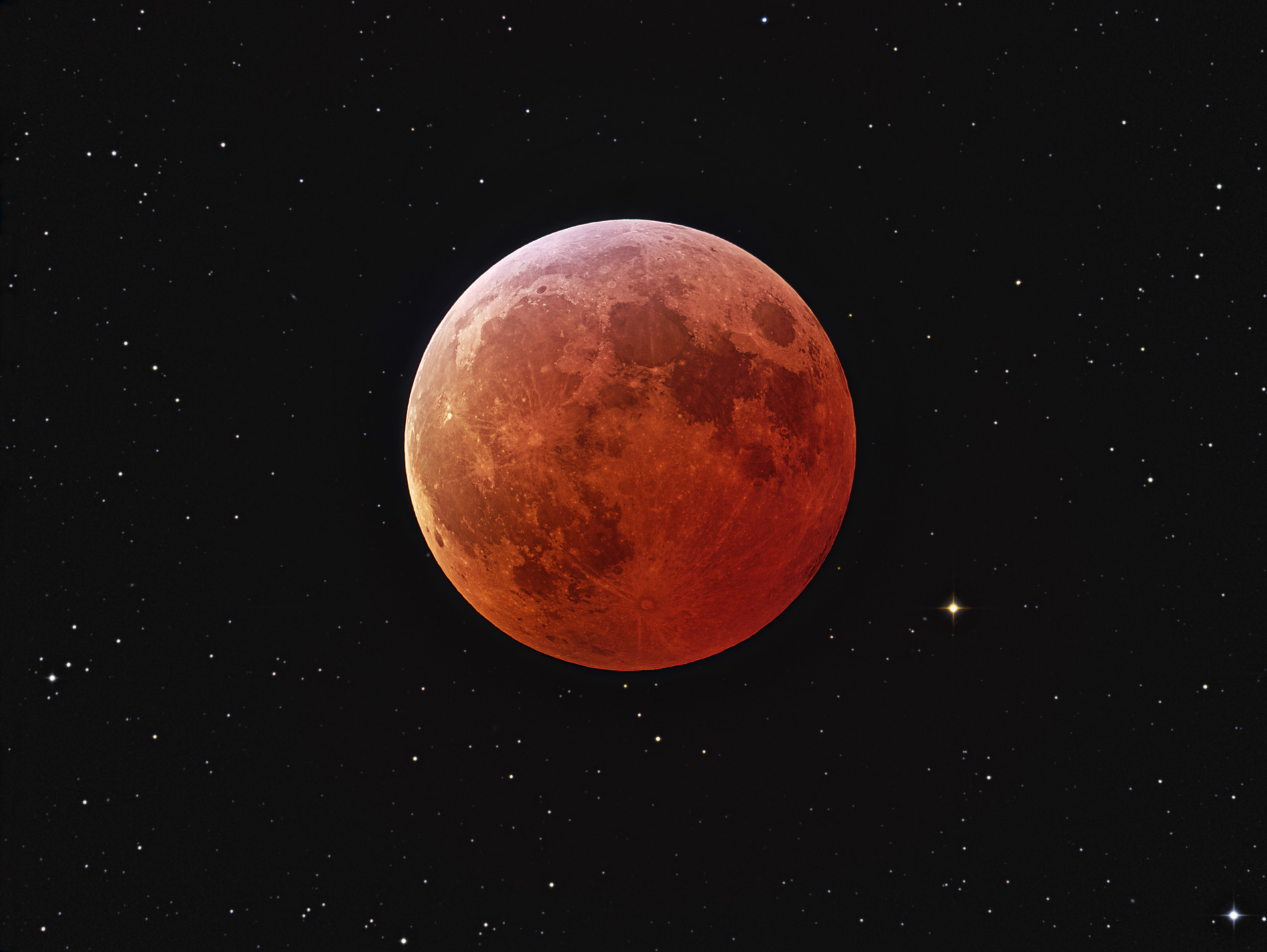Friday, March 23, 2007
Friday, March 09, 2007
Apod-4.1 Eclipsed moon and stars

THis is an image of the moon during a total lunar eclipse. It is a collection of two exposures, one to capture the moon and one to capture the constellation leo which can be seen behind the moon. The moon, which is visible in this picture, is still being hit by sunlight although it is during a total lunar eclipse. The sunlight is reddened and refracted by the dusty atmosphere.
Thursday, March 08, 2007
Observation-friday february 23rd
The sky was relatively clear from where I was, on Casey Key. The first thing I noticed was that the moon appeared to be at about it's first quarter. It was very bright. I was able to see ursa minor from my vantage point as well as orion. I was also able to see what appeared to be a meteorite a little bit past eleven.
Apod 3.8-Polar Ring Galaxy
 NGC2685 is a polar ring galaxy. This is a rare type of galaxy with stars, gas and dust orbiting in rings perpendicular to the plane of a galactic disk. This odd configuration could be caused by the capture of material from another galaxy by a disk galaxy, with the captured debris strung out in a rotating ring.
NGC2685 is a polar ring galaxy. This is a rare type of galaxy with stars, gas and dust orbiting in rings perpendicular to the plane of a galactic disk. This odd configuration could be caused by the capture of material from another galaxy by a disk galaxy, with the captured debris strung out in a rotating ring. Friday, March 02, 2007
Apod 3.7 X-rays and the eagle nebulae

These are X-ray images taken of m-16, the Eagle Nebulae. This image shows many regions that are very visible in the X-ray area of the spectrum of light. These images that are visible in this area of the spectrum are mostly areas where active star formation is occuring. These stars can be seen in this image as the colored spots. The fact that there are no longer that many stars visible in the pillars of dust in this picture shows us that most of the star formation that occured in this area (the eagle nebulae) finished off millions of years ago.


